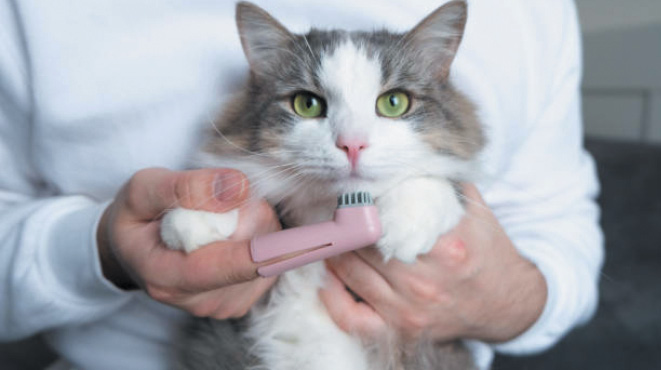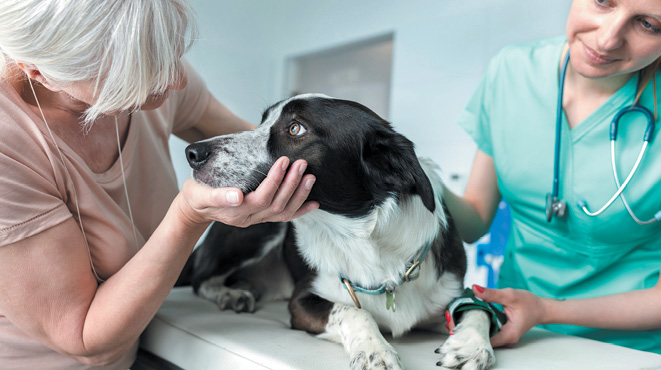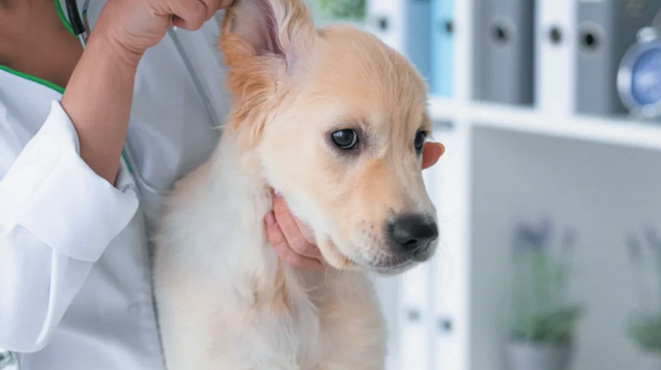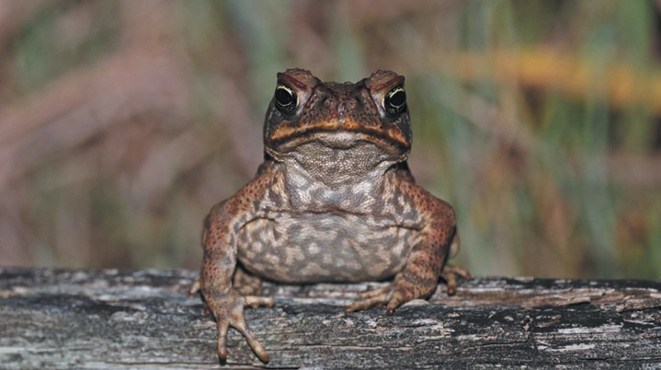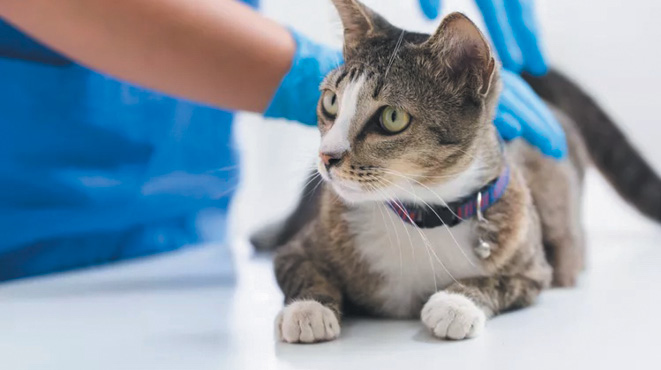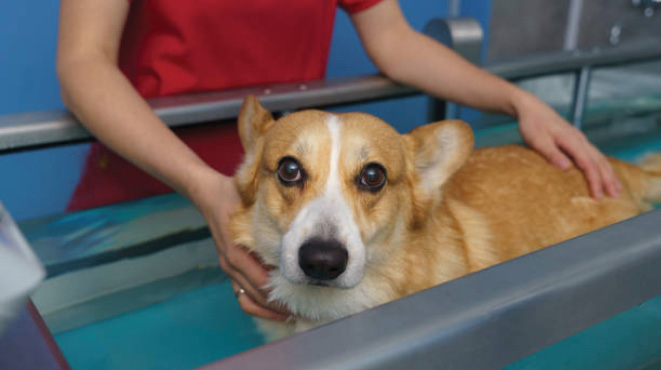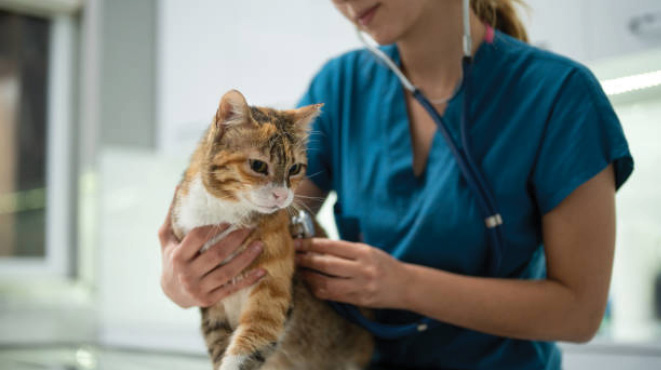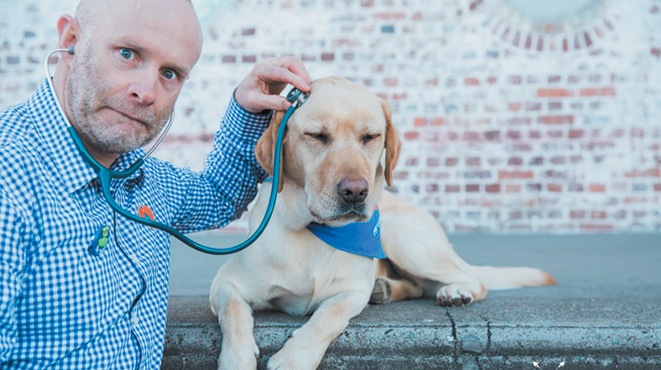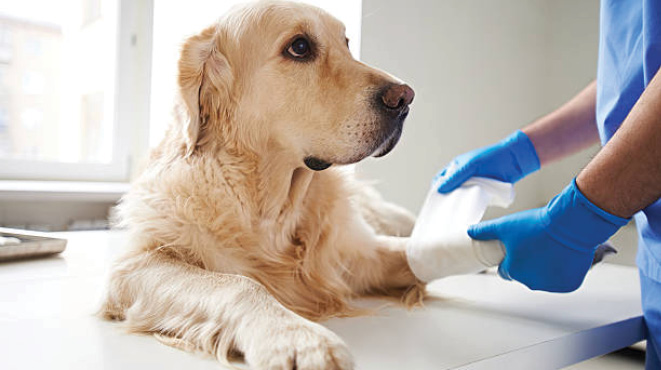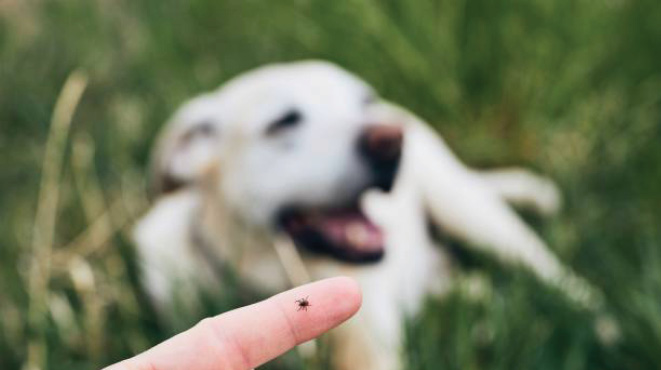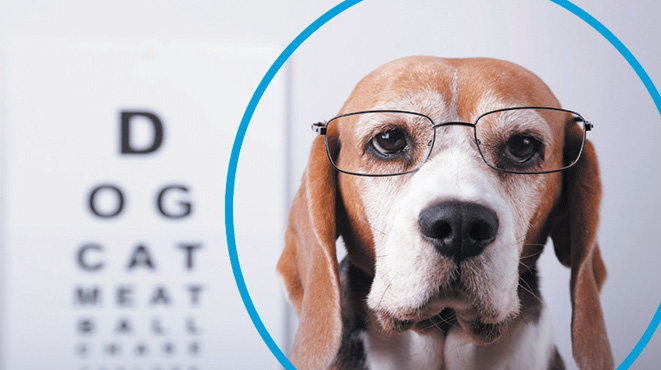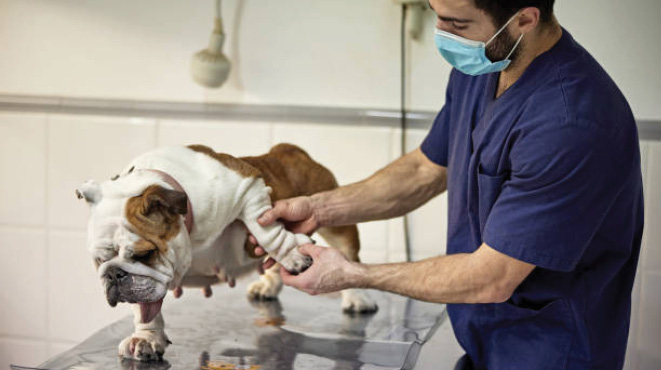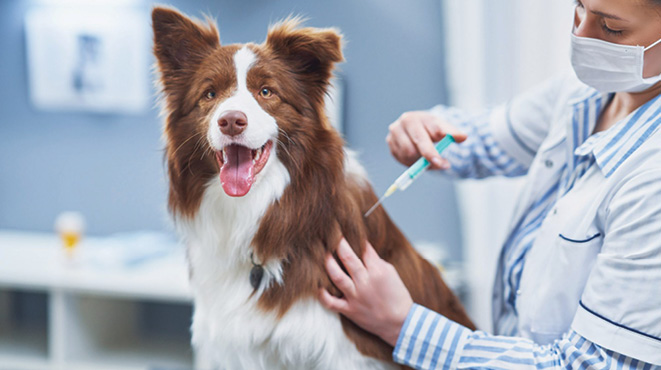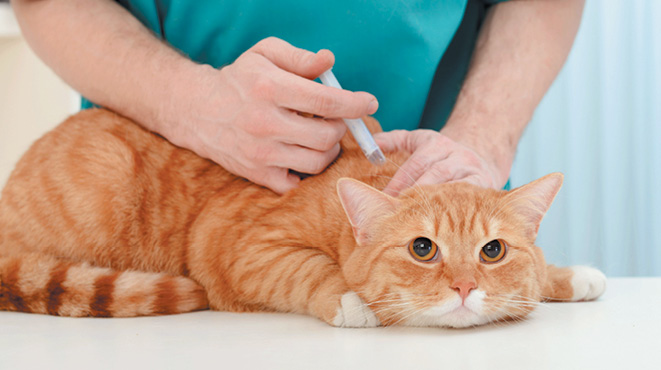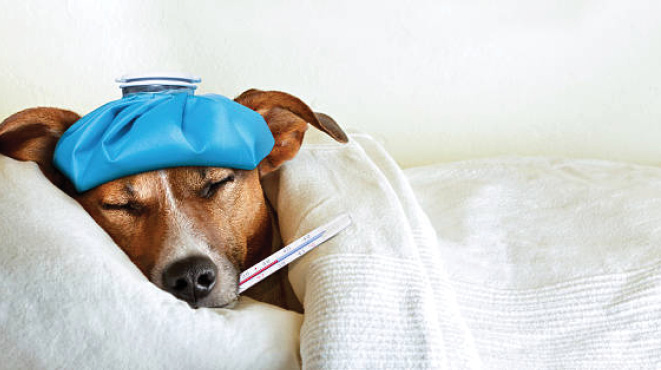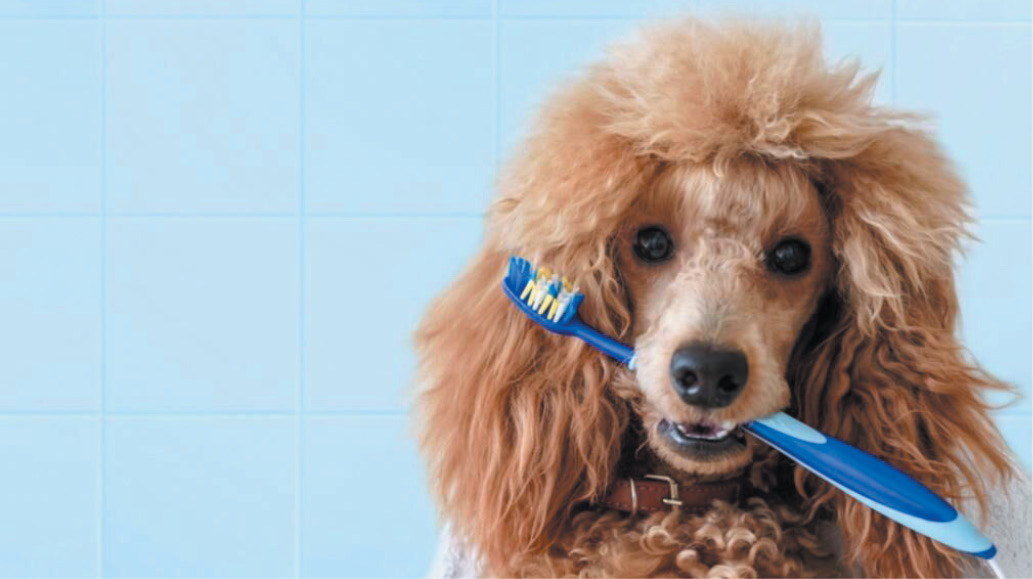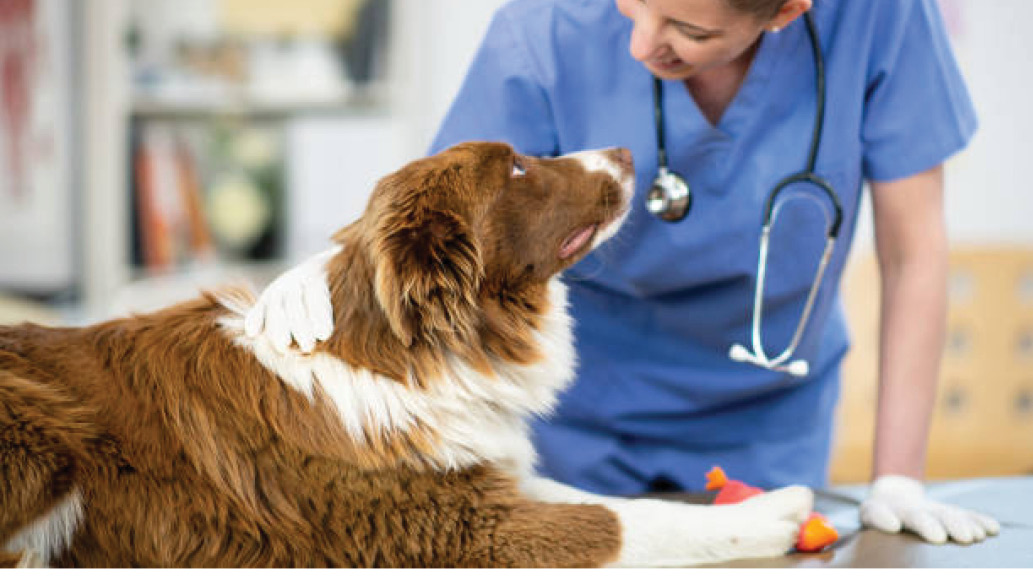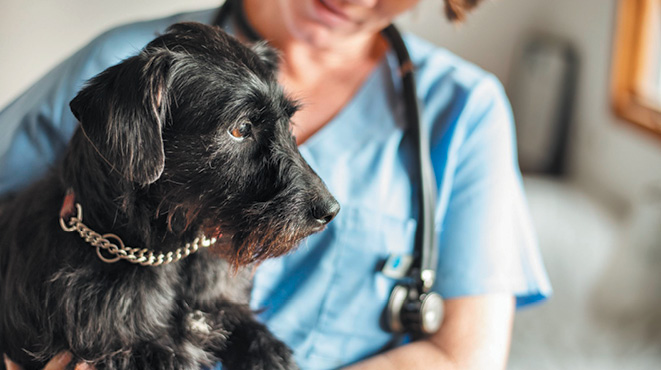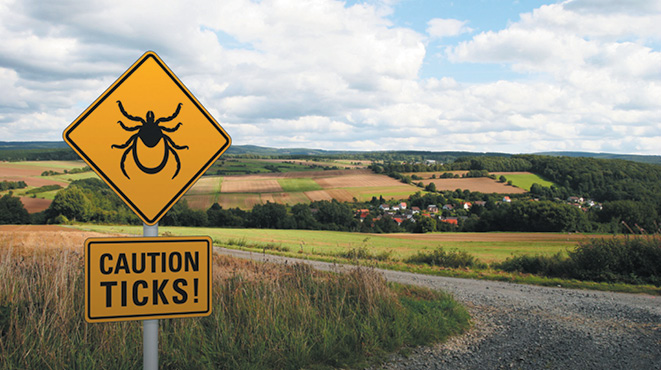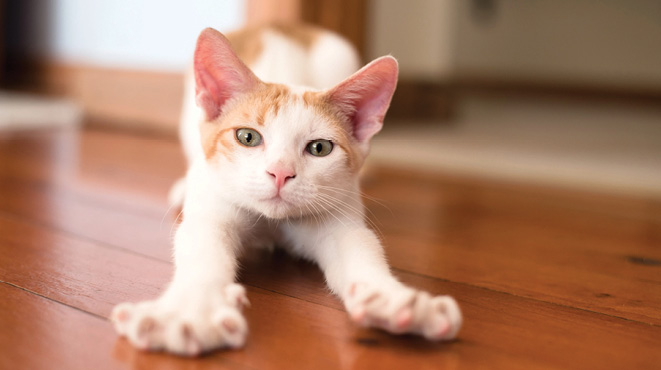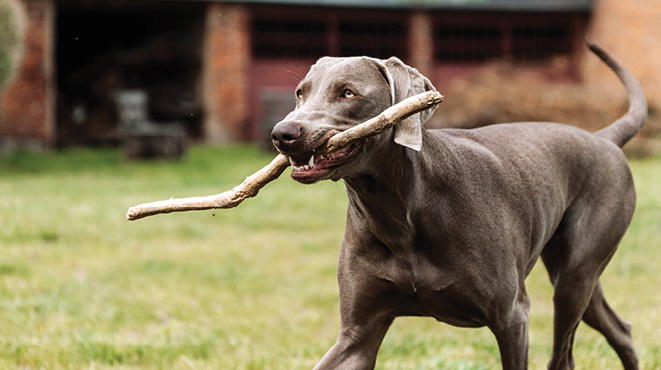BY DR NICKY THOMAS, WYNNUM MANLY VETERINARY HOSPITAL
 Diseases of the teeth and gums are common in cats with some studies suggesting that as many as 90% of cats over four years of age suffer from some degree of dental disease.
Diseases of the teeth and gums are common in cats with some studies suggesting that as many as 90% of cats over four years of age suffer from some degree of dental disease.
Signs of dental disease
The clinical signs of dental disease vary depending on the severity of the condition but can include:
- Swelling, redness and oral pain
- Bleeding gums
- Increased salivation
- Bad breath
- Avoiding hard foods
- Turning the head to one side when chewing
- Rubbing the mouth/face
- Inappetence
Types of dental disease
There are three common types of dental disease in cats:
- Gingivitis
Gingivitis is inflammation of the gums as a result of plaque and bacteria accumulating on the teeth. - Periodontitis
Untreated gingivitis can progress to periodontitis which is when the tissues attaching the tooth to the gums and bone become weakened. This can lead to tooth loss. - Tooth resorption
Tooth resorption occurs when the structure of the tooth breaks down – this begins with the tissues inside the tooth and progresses to the loss of enamel. Teeth may fracture, resulting in large enamel defects which can be very painful.
Preventing dental disease
Good dental hygiene is important for maintaining your cat’s health.
- Some cats will tolerate brushing – daily brushing of the teeth and gums with an appropriate brush and pet friendly toothpaste will reduce the development of plaque on the teeth.
- Providing regular opportunities to chew with specialised dental diets, dental treats and chews will help reduce plaque buildup. Have a chat with your vet about the best choices for your cat.
- Regular vet checks can help to diagnose and address dental issues as they occur.


